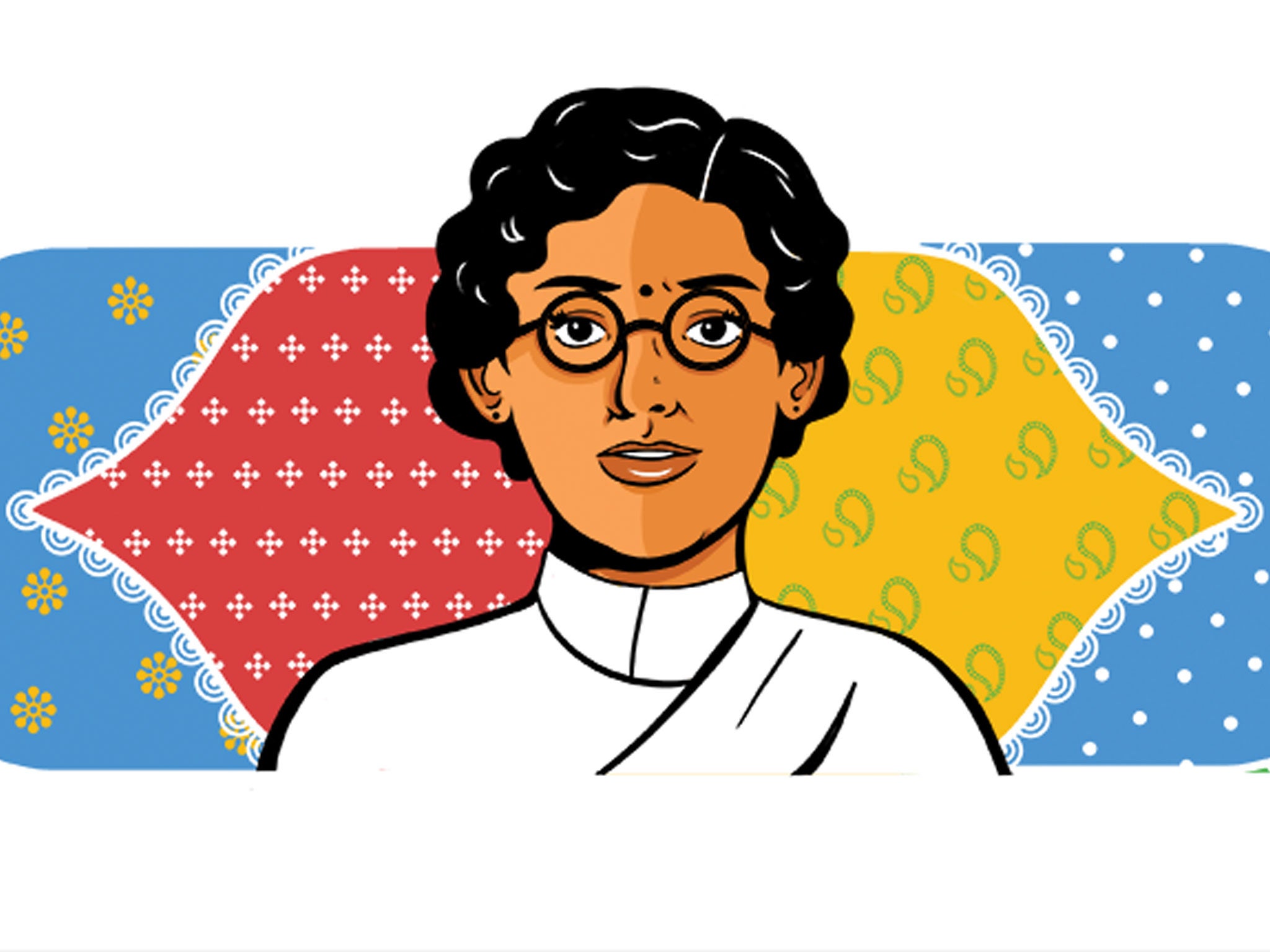Anasuya Sarabhai: Who was India's first female union leader and why was she so pioneering?
Her Google Doodle was created by Maria Qamar, a Pakistani-Canadian artist

Your support helps us to tell the story
From reproductive rights to climate change to Big Tech, The Independent is on the ground when the story is developing. Whether it's investigating the financials of Elon Musk's pro-Trump PAC or producing our latest documentary, 'The A Word', which shines a light on the American women fighting for reproductive rights, we know how important it is to parse out the facts from the messaging.
At such a critical moment in US history, we need reporters on the ground. Your donation allows us to keep sending journalists to speak to both sides of the story.
The Independent is trusted by Americans across the entire political spectrum. And unlike many other quality news outlets, we choose not to lock Americans out of our reporting and analysis with paywalls. We believe quality journalism should be available to everyone, paid for by those who can afford it.
Your support makes all the difference.A pioneer of the women’s labour movement in India, Anasuya Sarabhai, features on today’s Google Doodle.
Born in Ahmedabad on 11 November 1885 into the Sarabhai family of Sarabhai and Godavariba, a wealthy family of industrialists and business people, she was an orphan at the age of nine when both her parents died. She, her brother and a younger sister were sent to live with an uncle.
She was forced into marriage at the age of 13, before escaping to England with the help of her brother in 1912 to take a medical degree but switched to the London School of Economics when she realised the animal dissection involved in obtaining a medical degree, was in violation of her Jain beliefs.
While in England she was influenced by the Fabian Society and new ideas concerning equality and became involved with the Suffragette struggle.
Back home in India, she worked with disempowered women, taking on the cause of local mill workers after learning of their 36-hour work shifts.
In 1914 she helped Ahmedabad's weavers successfully organise their first strike for higher wages. In the years that followed, she went on to become their most vocal supporter, negotiating with mill owners - including her brother - for better working conditions. She was affectionately called “Motaben”, Gujarati for “elder sister”, by those she helped.
She was supported in her work by Mahatma Gandhi, with whom she set up Gujarat’s oldest labour union, which later paved the way for the founding of the Self-Employed Women’s Association of India (SEWA).
The Google Doodle was created by Maria Qamar, a Pakistani-Canadian artist and author of the book Trust No Aunty.
“Anasuya’s dedication to justice and equality is something I can relate to,” Ms Qamar said.
In drawing the activist, she took inspiration from the Indian textile industry. “I portrayed delicate fabrics and traditional patterns found in our homes and our closets," she said.
“I am honoured to have the opportunity to share Anasuya’s legacy with the world.”
Join our commenting forum
Join thought-provoking conversations, follow other Independent readers and see their replies
Comments